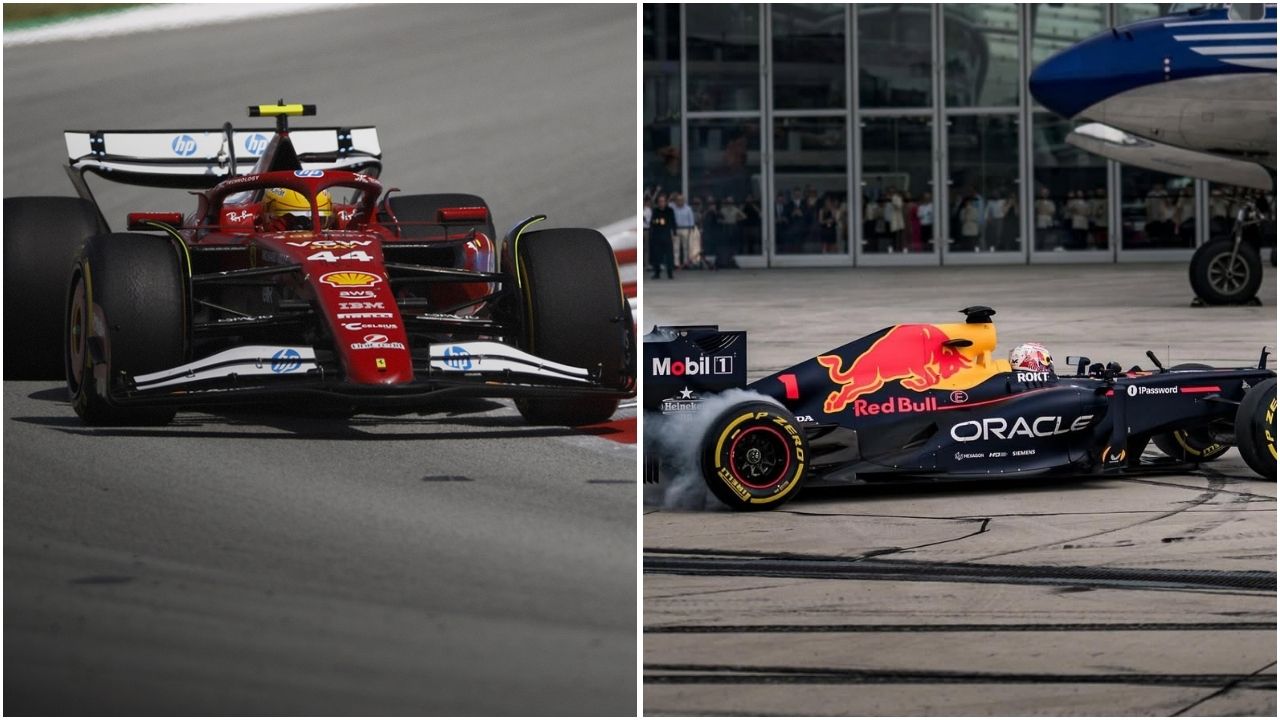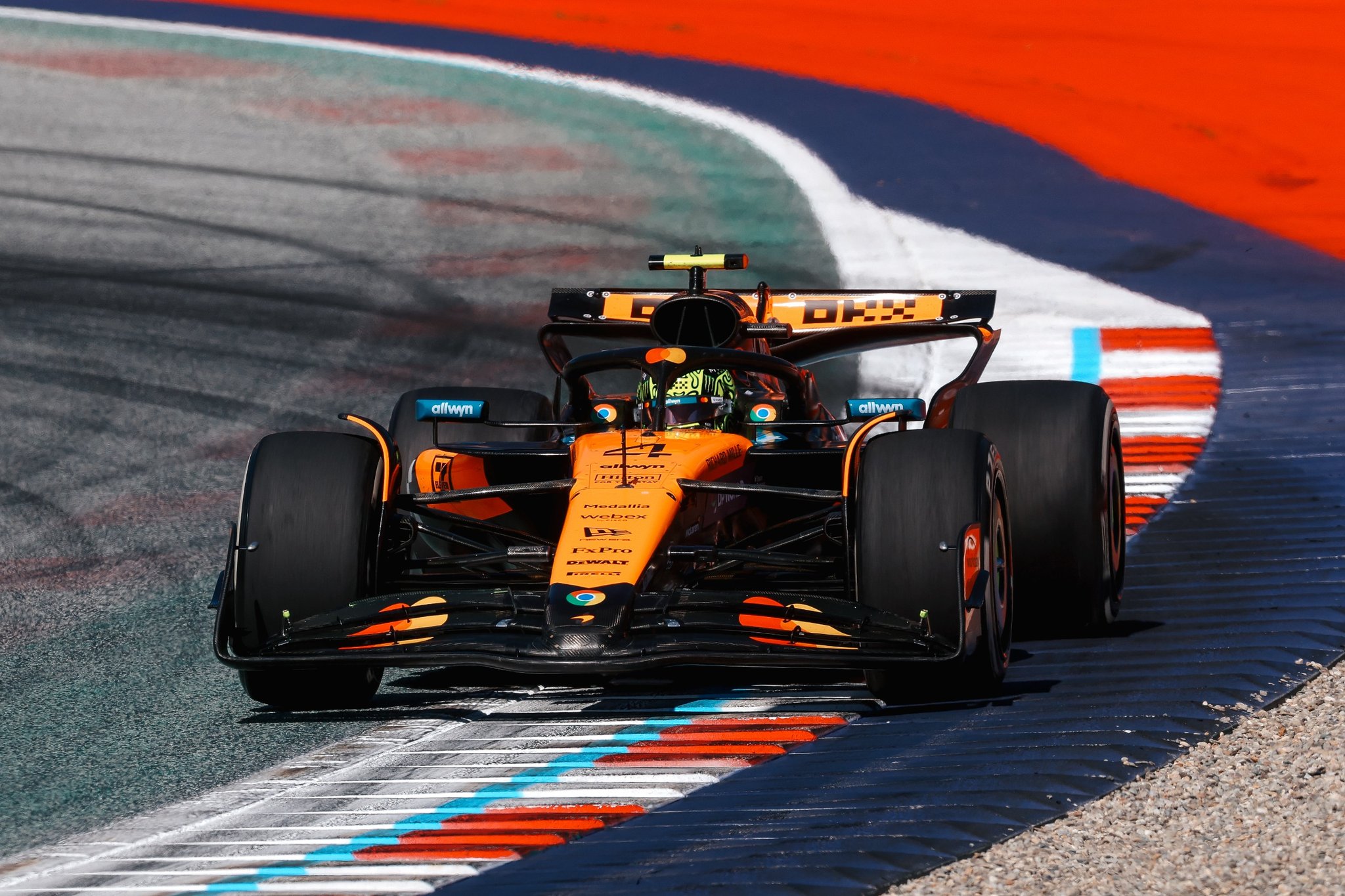The roaring sound of an F1 engine is quite mesmerizing. The sheer pace of the cars, appearing as mere blurs on straights, showcases peak engineering packed within those machines. These factors have made Formula 1 the pinnacle of motorsports.
These cars come at a staggering cost, quite literally. In 2025, a Formula 1 car can cost around $16,000,000. However, this can vary across teams. Each component that fits within a car, although usually not available for purchase, comes with a hefty price tag. This includes the engine, chassis, suspension, tires, steering wheel, etc.
Over the years, the overall cost of developing and maintaining Formula 1 cars has risen significantly. Until the cost cap was introduced in 2021, the numbers could skyrocket up to $400 million (as per Motor Sport). However, the cost cap has allowed all teams on the grid a chance to level the competition, which now keeps it within $145 million. So, what exactly is the cost split of an F1 car? Let’s break it down.
What is the most expensive component of an F1 car?
Unsurprisingly, the most expensive element of a Formula 1 car is the engine. The 1.6-litre V6 turbo-hybrid engines are capable of producing 1,000 horsepower. Roaring down the straights on the fastest circuits, they can push the cars to over 350 kph (217 mph).
These engines, developed by different brands, can cost between $7 million and $10 million. The engines are also paired with two motor power generating units, the MGU-K and the MGU-H, making up the entire power unit.
Energy Recovery System (ERS)
The ERS, used to conserve and deploy electrical energy that is generated by the MGU-K and the MGU-H, adds significantly to the cost of a Formula 1 car. This component can sit somewhere between $1 and $2 million, as per RTR Sports.
Chassis and Monocoque
Most of the Formula 1 car’s chassis is made up of carbon fibre. While this makes the car extremely light, it also keeps it sturdy and powerful. However, all that carbon fibre comes at a cost, and can range anywhere between $1 and $2 million.
Gearbox
The eight-speed, multi-plate clutch gearbox that F1 cars use is very expensive as well. It is estimated to cost somewhere between $500,000 and $1 million.
Front and Rear Wings
The front and rear wings make up for the majority of a Formula 1 car’s aerodynamics. All teams have a unique design that makes them go faster than their competitors. These are usually built in pairs and sit somewhere between $300k and $500k.
Steering Wheel
The steering wheel is almost like a mini-computer in the cars. Drivers can control almost every element of their car from the tiny screen, including the brake balance, engine braking, differential, etc. They can also get information about their car through the same. These wheels, hence, come at a hefty cost of around $50,000.
Halo
The halo is a life-saving device in Formula 1. Mandated since the 2018 season, it has saved many lives because of its sturdy build. Made of titanium, it can withstand around 12 tons of force, making it extremely strong. It will further set you back by $17,000.
Suspension
Teams use push-rod and pull-rod suspensions in their cars as per their requirements. Surprisingly, the use of active suspension has been banned in the sport since 1994. Despite this, the front and rear suspensions can cost somewhere between $300 and $500.
Tires and Brakes
Much like the chassis of an F1 car, the brakes are also built of carbon fibre composite material. Furthermore, these can reach over 1,000°C during races. They can cost anywhere between $200 and $350,000. Furthermore, the tires of an F1 car can cost up to $3,000.
These elements make F1 cars extremely expensive, but they also help them to be extremely fast. The cornering and straightline speeds of these machines can exceed many human creations. Moreover, they’re engineering marvels, and many components found on road cars are a result of F1’s innovations.



